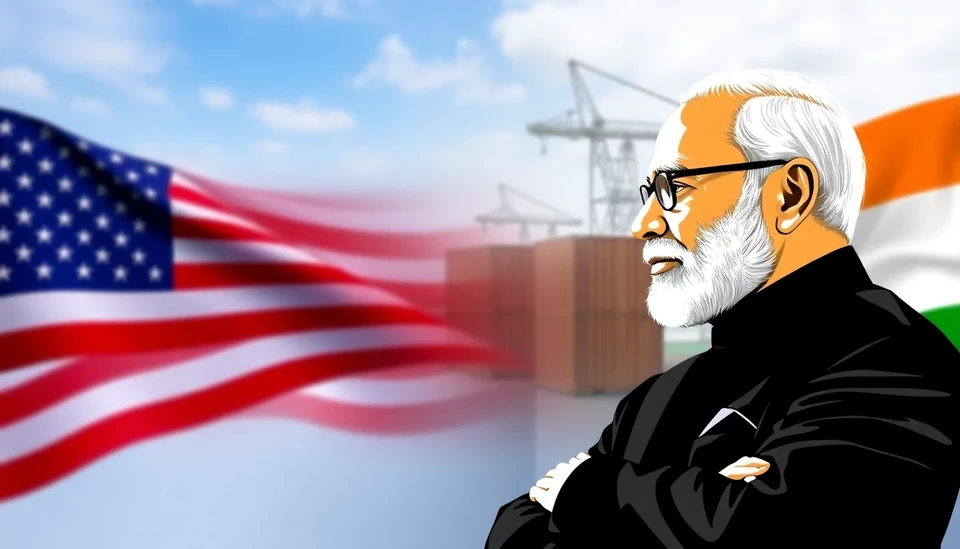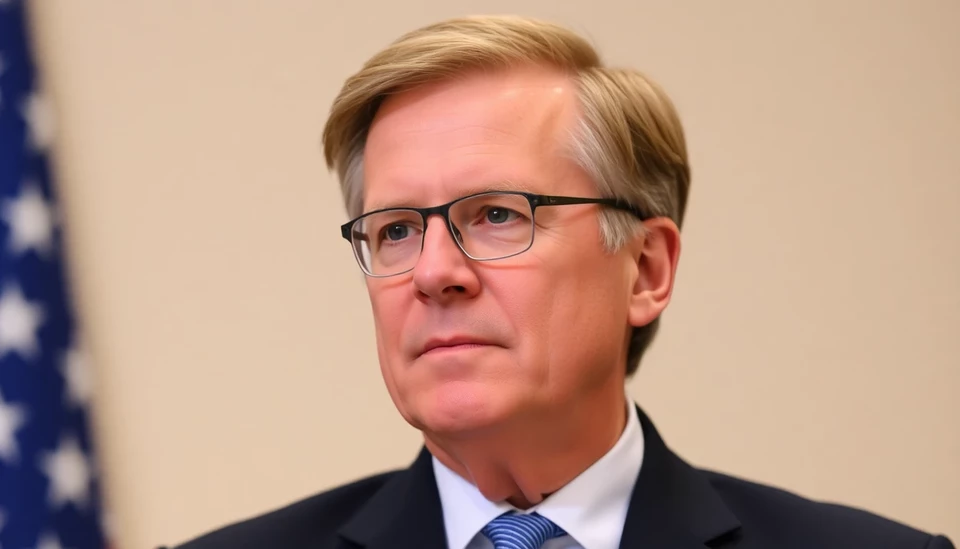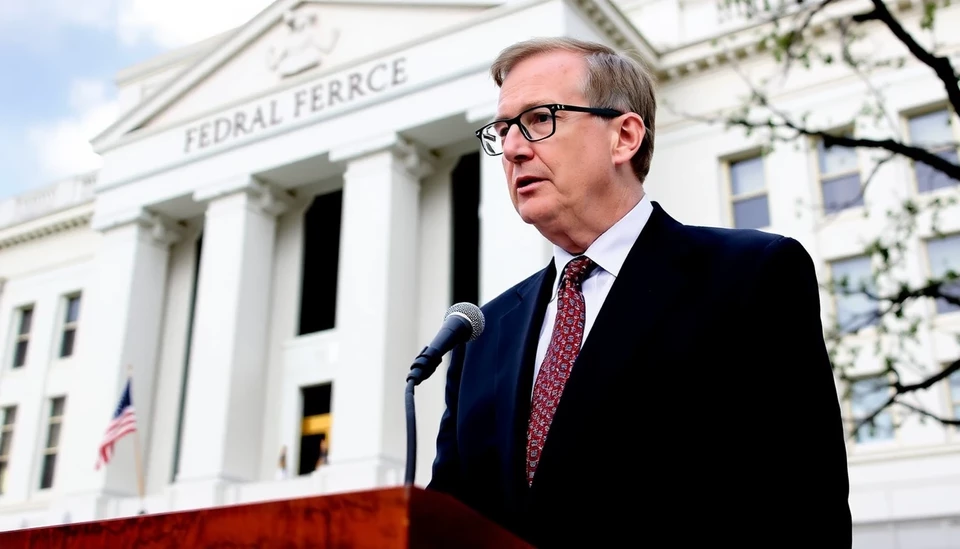
In a significant development that could reshape economic ties between two of the world's largest democracies, India has signaled its intention to explore a possible interim trade agreement with the United States within the next 90 days. This move comes in the backdrop of ongoing discussions aimed at bolstering trade relations as both nations seek to enhance mutual economic benefits amidst a rapidly changing global trade landscape.
According to informed sources within the Indian government, officials are actively coordinating with their American counterparts to identify key areas where bilateral trade can be expedited. The primary objectives of these discussions include reducing tariffs, increasing access to each other's markets, and addressing trade imbalances that have, historically, posed challenges for both nations.
Trade experts emphasize that a swift agreement could yield significant advantages for both countries. For the U.S., it might mean an improved foothold in the Indian market, which is characterized by a burgeoning middle class and a growing demand for diverse goods and services. Meanwhile, India could benefit from greater access to American technological innovations and agricultural products, which are critical for its economic advancement and self-sufficiency goals.
The discussions are reportedly in alignment with the Biden administration’s commitment to fostering stronger ties in the Indo-Pacific region, viewing India not just as a partner, but as a strategic ally capable of counterbalancing the influence of China. Furthermore, the eagerness from both sides reflects a shared urgency to address lingering trade issues that have previously stalled progress in negotiations.
Currently, the bilateral trade volume between India and the U.S. surpasses $100 billion, but both countries believe there is immense potential for expansion. With the global economic landscape facing numerous challenges, including supply chain disruptions and geopolitical tensions, the timing of these negotiations is particularly crucial.
Both nations are expected to explore sectors such as information technology, pharmaceuticals, and textiles during the dialogue. These industries have shown promising growth and provide ample opportunities for fostering mutually beneficial partnerships. While the details remain in flux, officials hope that setting a 90-day target will prompt swift movement toward finalizing an agreement that addresses both parties’ primary concerns.
The initiative to seek an interim deal also reflects India’s broader strategy to create a more favorable investment climate, especially as it deals with economic pressures from both domestic and international fronts. India’s government has expressed a keen desire to boost its manufacturing sector and improve export capabilities, which aligns with the U.S.'s interests in diversifying its supply chains.
As the world watches, the impending negotiations could pave the way for a more robust economic partnership, one that holds the promise of creating jobs and innovative opportunities across borders. However, stakeholders from both countries remain cautious, knowing that the path to a successful trade agreement often involves navigating complex concerns related to domestic politics and global market dynamics.
In conclusion, the coming weeks will be critical as India and the United States work together to solidify a preliminary trade agreement that could potentially alter the landscape of their future economic relations. The hope is that this agreement will not only address current trade challenges but also lay the groundwork for a more stable and prosperous trading environment for generations to come.
#IndiaUSTradeDeal #GlobalEconomy #TradeAgreements #EconomicPartnership #BilateralRelations #TradeNegotiations
Author: Rachel Greene




